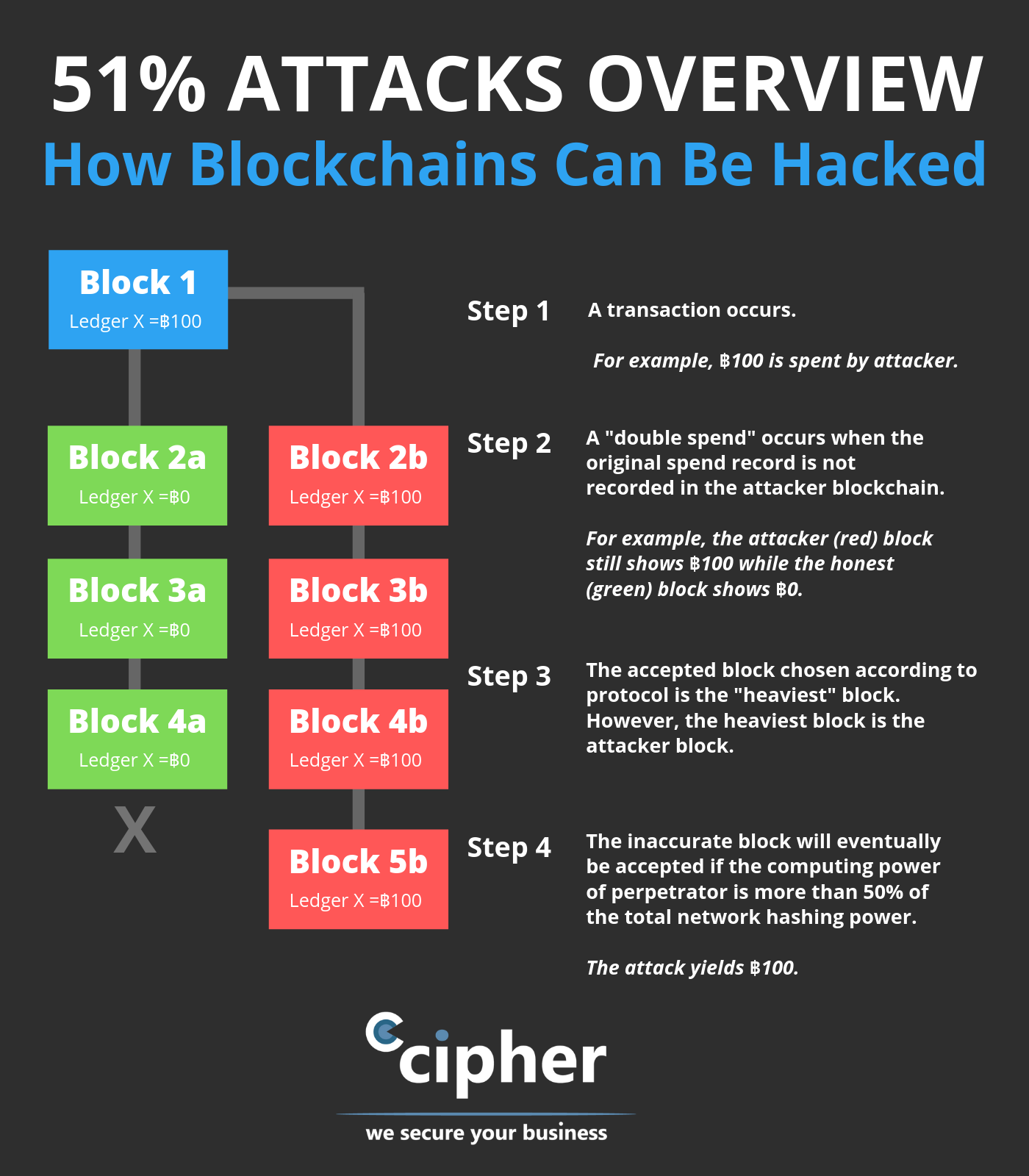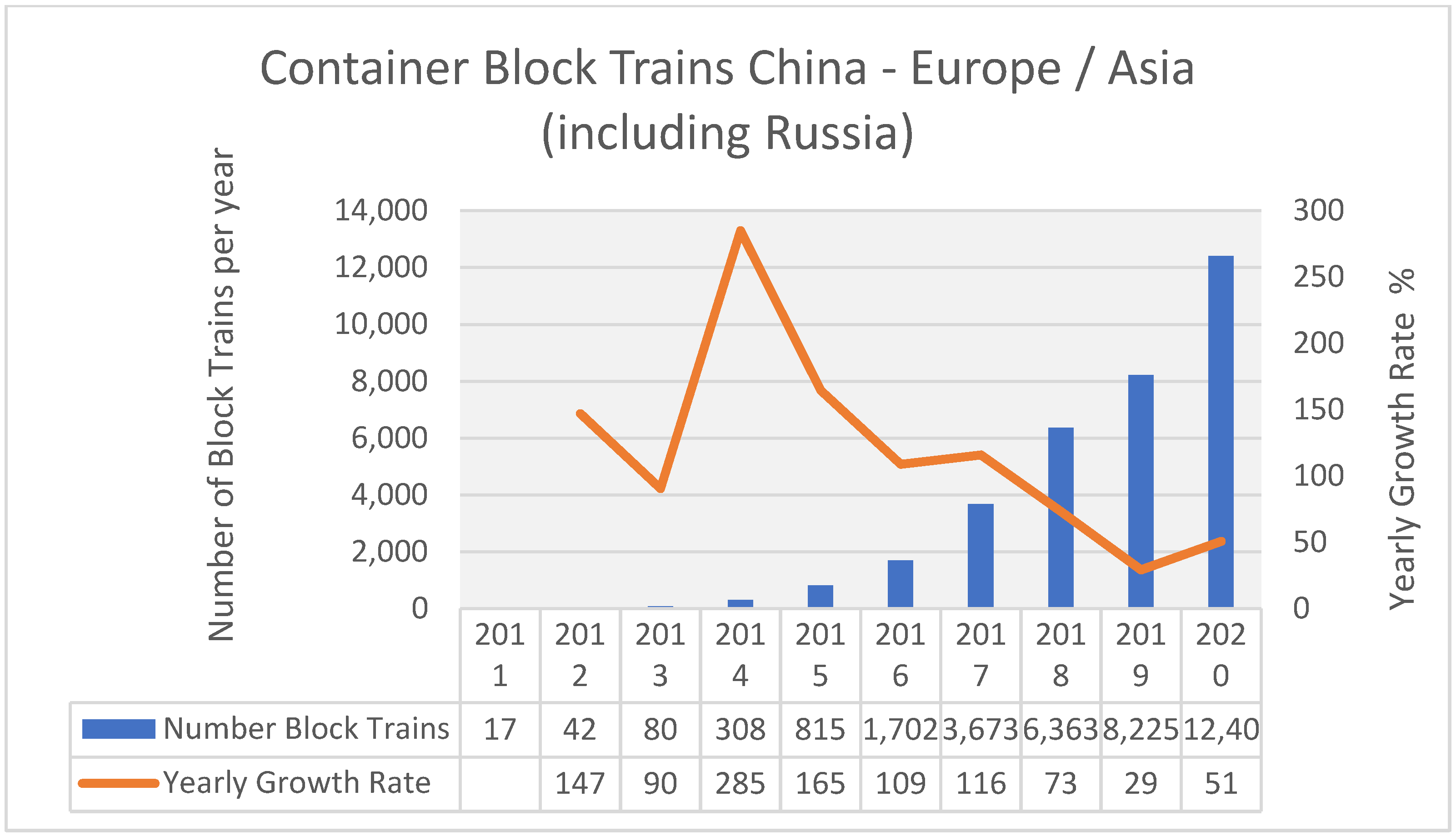Blockchain's 51 Percent Rule For Ledgers
Mining pools are the forces behind 51 percent attacks. A 51 percent attack according to Coindesk author Frederick Reese would find a single entity introducing a version of the blockchain that it controls and is accepted as valid.

Amazon Com Blockchain Applied Practical Technology And Use Cases Of Enterprise Blockchain For The Real World Ebook Ashurst Stephen Tempesta Stefano Kindle Store
Meaning in order to compromise a blockchain you have to take control over at least 51 percent of all its nodes the computers involved in the peer-to-peer network which is run under a certain blockchain protocol.

Blockchain's 51 percent rule for ledgers. For large projects such as Ethereum and Bitcoin 51 attacks are not feasible but they can happen in the case of smaller blockchains. The attacks impact can be mild or severe depending on the mining power of the attacker. These records might not include previous payments leading to a double payment.
Many attempts to generate virtual cash were made in the past however they have all been unsuccessful. A 51 attack usually bypasses the blockchains security protocols. If the attacker possesses a higher percentage the likelihood of attacking the system is also high.
If MitchellCoin were a real thing and only a few people were mining it on their home computers it wouldnt be that hard or that expensive for someone to amass 51 percent of the computing power. If 51 percent of the nodes are compromised the network is hacked and has lost integrity. For a blockchain network to be trusted and valid most of the nodes have to be uncompromised.
I changes to the underlying ledger update original entries in discrete blocks of information 37 A blockchain is literally a chain of blocks of information or code referencing earlier states in the ledger duplicated across numerous network. The most important question is one of trust. 51 Percent Attack All crypto projects based on distributed ledger technology are theoretically vulnerable to an opponent who would gain control over 501 of network participants.
Blockchains Once-Feared 51 Attack Is Now Becoming Regular At least five cryptocurrencies have recently been hit with a 51 attack. Miners using powerful processing hardware are. Blockchain enthusiasts understand the golden rule the 51 percent rule.
Each block in a blockchain represents transactions. The hash power is more critical in the attacks. The entity then creates fraudulent yet personally validated transactions records.
They can do this by modifying or excluding the transaction order on the ledger. Note that the Blockchain expects for things to go wrong on nodes and yet it still remains reliable. Bitcoin is perhaps the best-known proof-of-work based blockchain and we will hone in on it specifically to unpack mining and the process of a potential 51 percent attack.
In many cases that workcalled miningisnt equally distributed across all the nodes in the network. In August 2020 the Ethereum Classic ETC Blockchain which is unrelated to Ethereum was subjected to three 51 percent attacks that reorganized over 4000 blocks allowing the perpetrators to manipulate data and double spend its ETC currency resulting in a loss of millions of dollars in network value. If the name of the scheme doesnt give it away already the 51 Attack refers to a breach of a blockchains security by a.
A diversity of nodes will help defend against the so-called 51 percent attacks that could compromise blockchain-supported data. Meaning in order to compromise a blockchain you have to take control over at least 51 percent of all its nodes the computers involved in the peer-to-peer network which is run under a certain blockchain protocol. In 2018 a 51 percent double expenditure scam planned and carried out on the Bitcoin Gold and Ethereum Classic blockchains leading to the theft of billions.
The blockchains supporting most major cryptocurrencies share two important definitional components. Only if you acquired a majority of the networks hashing power could you reliably execute such a 51 percent attack against transaction history although it should be noted that even less than 50 of the hashing power still has a good chance of performing such attacks. What is a 51 Attack.
Users are also disincentivised against attacking the network by standing to lose their stake on proof of stake if they engage in fraudulent. The Bitcoin blockchain is essentially a decentralized electronic accounting ledger that keeps a record of every transaction made by storing them in blocks. The 51 Rule refers to a situation where an entity controls more than 51 of the computing hashing power within a blockchain network.
Over time this will allow that entity to disrupt the system and blockchain. A 51 percent attack can occur if one entity gains control of over 50 percent of the hashing power of a node network. Blockchain enthusiasts understand the golden rule the 51 percent rule.
Instead mining pools of powerful coordinated computers dedicated to executing the crypto protocol can exert a centralized control over the entire network.

51 Attack Explained The Attack On A Blockchain

Amazon Com Blockchain Applied Practical Technology And Use Cases Of Enterprise Blockchain For The Real World Ebook Ashurst Stephen Tempesta Stefano Kindle Store

How Blockchain Can Be Hacked The 51 Rule And More Cipher

Logistics Free Full Text Blockchain Solutions For International Logistics Networks Along The New Silk Road Between Europe And Asia Html
Posting Komentar untuk "Blockchain's 51 Percent Rule For Ledgers"